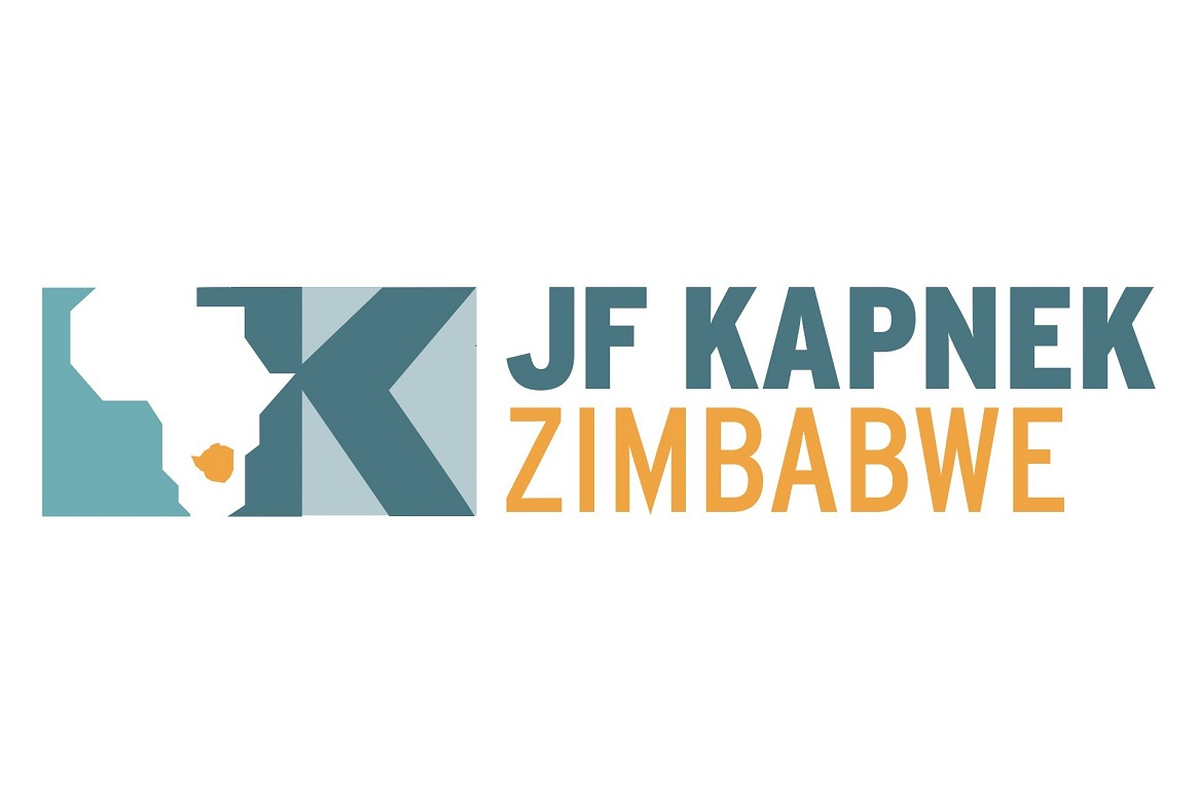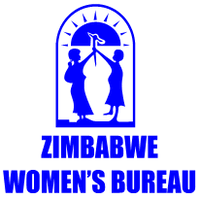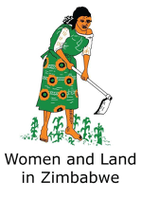Development Of Child Protection Standard Operating Procedures For Children With Disabilities In Disaster Preparedness And Response
Consultancy, Research Jobs
- J.F. Kapnek Zimbabwe
- Expires 27 Jan 2021
- Bulawayo
- Full Time
Job Description
Terms of Reference
BACKGROUND TO THE ORGANISATION
Established in 1986, the J F Kapnek Trust is a registered Private Voluntary Organization (PVO 1/86) running not for profit programmes in both the rural and urban districts of Zimbabwe. These activities of the organisation are structured into three thematic areas: Children with Disabilities; Early Childhood Development; and HIV, Care and Treatment. In all its programmes, the J F Kapnek Trust seeks to strengthen Government systems by partnering with various line ministries and government departments and providing technical and financial support to enable direct service provision by the duty bearers. The Kapnek Disability Programme combines the medical and social models of disability and has interventions that seek to address health, education, social protection, child protection and justice outcomes for children with disabilities. The organisation works primary with the Department of Social Development, the Schools Psychological Services Department in the Ministry of Primary and Secondary Education, in with Rehabilitation department from the Ministry of Health and Child Care (MoHCC), the organisation is an active member of the Victim Friendly Court System specialising on the needs of Children with disabilities in contact and in conflict with the law. CHILDREN WITH DISABILITIES AND EMERGENCIES
Children with Disabilities (CWD) often face a range of physical, social, and environmental barriers to full participation in society, including reduced access to health care, education and other support services. According to Unicef (2013) One in every 10 children globally has a disability. Disasters further increase disabilities among children. The Living Conditions for People with Disabilities Survey Zimbabwe notes that 1 in 9 people some form of a disability. Within any crisis-affected community, children and adults with disabilities are among the most marginalized, yet they often are excluded from humanitarian assistance. Including children with disabilities requires a better understanding of the challenges they face in humanitarian crises. It is also essential to know how to tailor humanitarian programmes to meet their needs and to partner with organizations that have expertise on issues related to disability. Persons with disabilities are especially vulnerable in disasters. In the 2011 earthquake and tsunami in Japan, for instance, the mortality rate among persons with disabilities was twice that of the rest of the population (IFRC, Handicap International and CBM, 2015). During disasters and conflict, children with disabilities are more likely to be left behind, abandoned or neglected (UNICEF, 2013). They may lose essential medications and assistive devices, reducing their level of functioning and resulting in increased dependence on caregivers (UNICEF, 2013). In the aftermath of a disaster, children with disabilities may become separated from their careers or family and be vulnerable to violence, exploitation, and abuse (UNHCR, 2003). Girls with disabilities are particularly more vulnerable in humanitarian contexts and are at risk of sexual and gender-based violence (UNICEF, 2013), or engaging in survival sex with community members (WRC, 2012). Their risk of undernutrition is higher compared with boys with disabilities (LCD,
UNICEF, and Spoon, 2014).
Closer to home, in Zimbabwe, the Cyclone Idai disaster in March 2019 laid bare systematic deficiencies in the inclusion of children with disabilities and their families in disaster prepared and response. Children and adolescents with disabilities are rarely included in assessments and other data collection exercises. Thus, humanitarian programmes may inadequately document and consider their needs. Mainstream humanitarian interventions fail to consider the specific situations of children with disabilities. Significant interventions, such as infant and young children feeding programmes, vaccination campaigns and psychosocial support, often reach children through schools, temporary learning spaces and child-friendly spaces, from which children and adolescents with disabilities may be excluded (CBM et al., 2014) Families may hide children from the community due to stigma, decreasing the child’s access to humanitarian aid and support (UNICEF, 2013). Lack of knowledge about children with disabilities and lack of programme capacity to address their needs may decrease opportunities for inclusion or perpetuate assumptions that separate, specialized programmes or interventions are required (WRC, 2014).4 Furthermore Humanitarian aid and services, such as food and water distribution, health facilities, temporary learning spaces and child-friendly spaces are often located in sites that are inaccessible for children and caregivers with disabilities. Supplies to support children and adolescents with disabilities, such as accessible WASH facilities, adapted utensils and assistive devices. Children with disabilities sometimes have added challenges during an emergency compared to children without disabilities. For instance, children with disabilities may have a hard time moving from one location to another, have difficulty communicating, or have trouble adjusting to different situations.
Additional preparation may be needed while planning for an emergency or disaster situation for children and youth with disabilities. All children have unique needs in emergencies and care for children with special healthcare needs is often more complex because of their various health conditions and extra care requirements. They may have a hard time moving from one place to another, urgent or constant medical needs, difficulty communicating or have trouble with transitioning to different situations. A disaster can present all these difficulties at once. Disaster can have long-term effects on the mental and emotional health of all children. Coping with a disaster can be particularly difficult for children with disabilities. Children who have serious emotional and behavioral problems are at high risk for severe stress after a disaster or traumatic event. THE
Duties and Responsibilities
THE PROJECT
JF Kapnek Trust with the support of the Ministry of Labour and Social Welfare (MoPSLSW), United Nations Children's Fund (UNICEF), and other Civil Society Organisation Partners is implementing a Humanitarian Response Program titled “Preventing and responding to the protection and health needs of children in drought affected districts including injuries and reducing the risk of disability for children during emergencies in Zimbabwe”. The program is looking at increasing access to child and disability friendly child protection reporting and response services for children and their caregivers and improve disaster risk reduction to reduce risk of injury or disability in emergency affected areas.
Given the background above JF Kapnek is seeking to establish a localised systematic way of accounting for the needs of Children with Disabilities in Humanitarian Action through the development of Child Protection Standard Operating Procedures for Children with Disabilities for Disaster preparedness and response.
OBJECTIVES THE ASSIGNMENT
The overall objective of the assignment is to develop localised Child Protection Standard Operating Procedures for Children with Disabilities for disaster prepared and response. The specific objectives are as follows:
• To document the experiences and challenges faced by children with disabilities and their families in Zimbabwe during emergencies.
• To document the experiences and challenges faced by child protection actors in providing disaster preparedness and response services to CWD in emergencies in Zimbabwe.
• To produce Standard operating guidelines for Child Protection Practitioners working with Children with Disabilities in emergencies.
• To provide a roadmap for the validation and adoption of the developed guidelines by key stakeholders
METHOD
Qualifications and Experience
METHOD OLOGY
This is mostly a desk review of available information, international best practices, and review of Kapnek internal reports. Although the consultant will provide a more detailed methodology for the study, the study is expected to mainly employ qualitative methodologies.
DELIVERABLES
The expected deliverables for the research are as follows:
1. Report on documented experiences and challenges faced by Children with Disabilities in Emergencies in Zimbabwe
2. Report on documented experiences and challenges faced by frontline workers in providing disaster preparedness and response services to Children with Disabilities in Zimbabwe.
3. Produce Child Protection Standard Operating procedures for Children with disabilities in disaster preparedness and response.
4. Provide a roadmap for the validation and adoption of the developed guidelines by key stakeholders.
The Consultant is expected to submit a detailed proposal with the following components:
a) Technical proposal
The technical proposal shall contain, at a minimum, the following elements.
▪ An outline that clearly indicates how the Consultant intends to fulfil the requirements of the assignment.
▪ A detailed proposal with contents and timeframes
b) Financial proposal detailing
▪ Itemized consultant’s fees
▪ Itemized administration expenses
▪ Validity period of quotation
How to Apply
How to apply
Submit your CV and application letter via email to: jobapplications@jfkapnek.co.zw clearly indicating the position you are applying for on the subject line.
JF Kapnek Trust has zero tolerance towards Sexual Harassment and is committed to the upholding of children’s rights. The successful candidate will be required to commit to child protection/safeguarding and to be bound by the JF Kapnek Child Protection Policy. JF Kapnek does not charge any fees during its entire recruitment process.
Deadline: 27th January 2021. Applications will be considered as they are received.
DOWNLOAD FULL ADVERT HERE






